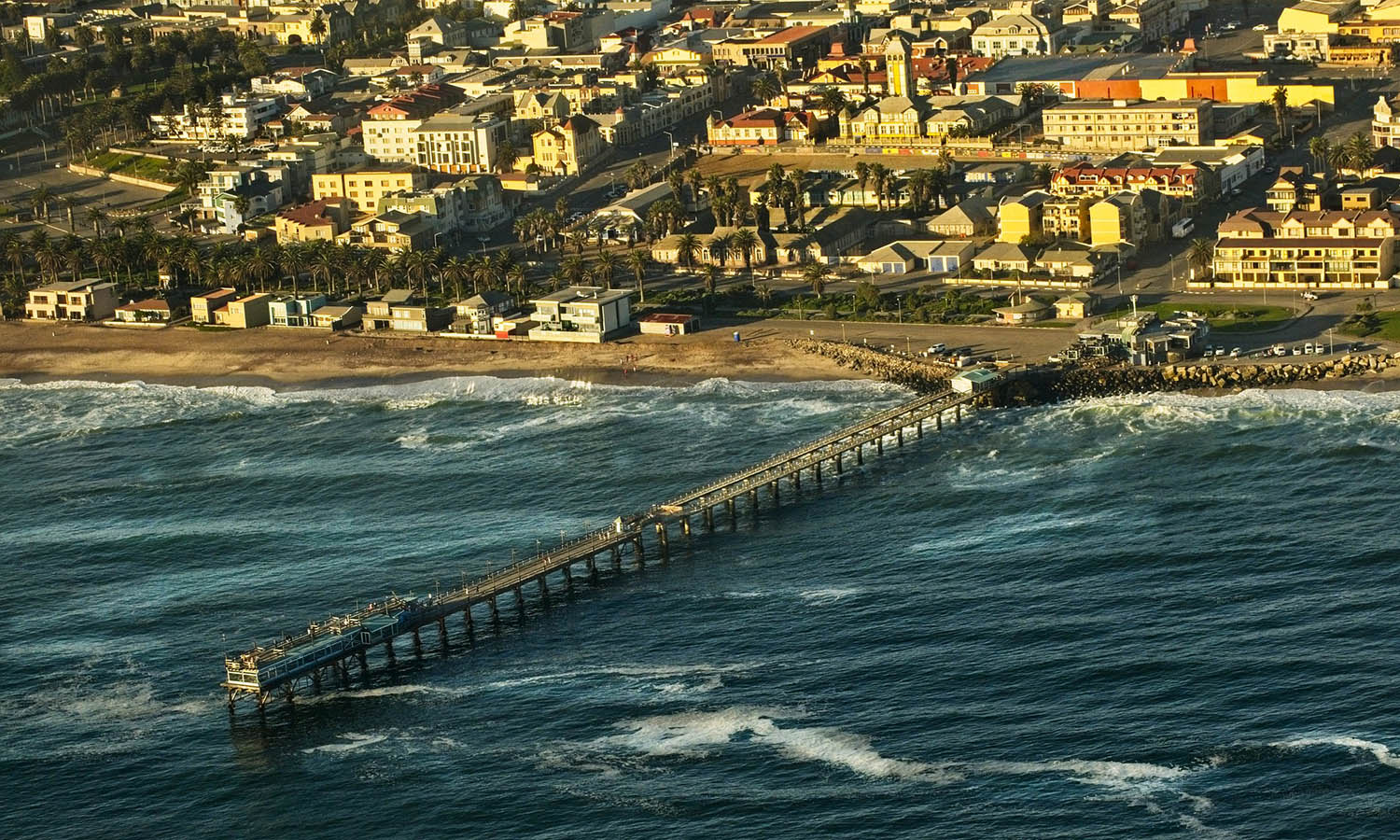
In a post on Writer Unboxed, Donald Maass says that a motivated protagonist can help you overcome a number of problems with plot. “What do you do when there is no overt problem for your protagonist to solve?” he asks. “What if there is no dead body, dragon or danger to avert? Isn’t plumbing the depths of people as important to write about as saving the world?”
There are many approaches to writing a character-driven – as opposed to plot-driven – novel. But how do you hook your readers without high stakes plot points? According to Maass, focusing on “drive” can help you create a “character who has nothing to do…but everything to seek.”
A plotless novel still needs a framework – a reason to tell and read the story. Maass examines Wally Lamb’s I Know This Much is True, in which the protagonist is tasked with caring for his schizophrenic twin brother while also surviving the experience. “Dominick is seeking something,” Maass explains. “He has a plot goal. In simple terms it is this: survive. His drive is to survive and everything he goes through carries him toward a realization that finally saves him: When there is nothing else to cling to, at least he can hang on to what he has learned is true.”
Another benefit of this approach is steering your novel through the muddy middle. Maass suggests a few techniques for getting a character unstuck, including a crisis, complications, or an enemy, but there are also questions about what your character can do right now.
- What can the protagonist do right now to get what he or she wants or needs?
- Who right now can help with that?
- What must the protagonist do right now to gain that help?
- Where right now must the protagonist go to get what’s needed?
Specifically, is there somewhere to go, something to get, someone to seek, an obstacle to confront, damage to repair, an opportunity to seize, or temptation too good to resist? “When a character has no plot to follow, there is still something to tackle,” Maass says. “When there is nothing to be done, there is still something to be accomplished. When there is nowhere to go, there is still somewhere to get to. When there is no agency and no hope, there is still oneself to work on.”











